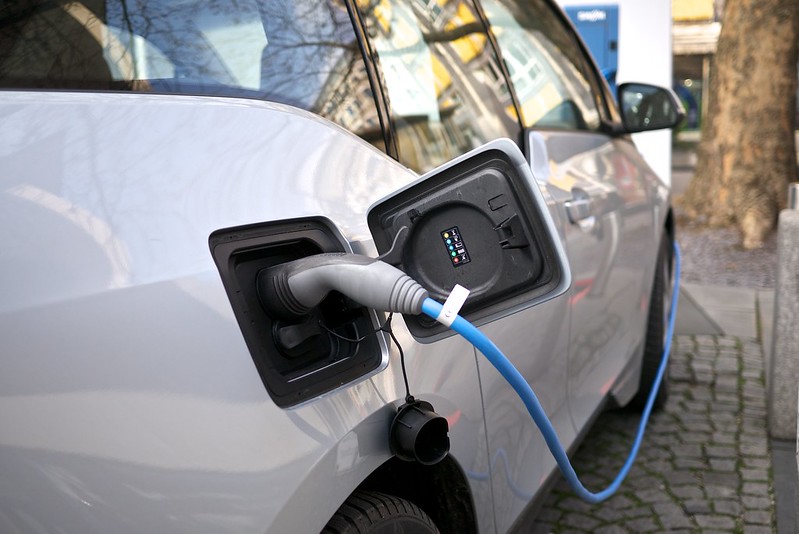Electric cars can lose their value twice as quickly as petrol models, according to new data – which may make buyers think twice about going electric.
New market research from price comparison site ChooseMyCar.com has revealed electric vehicles lost an average of half their market value between 2020 and 2023 in a study of ten popular models.
This is in comparison to a 37% drop in ten similar petrol cars over the same period of time.
It equates to an average £15,220 value loss for the EVs studied – compared with £9,901 for petrol cars.
The largest value depreciation as a percentage was seen in the Hyundai Ionic, with the South Korean-designed vehicle falling in ‘buy-now price’ by a whopping two thirds.
And surprisingly, a Mini Clubman and Mini Electric are now just under £1,000 apart in buy price, despite the electric model being £6,500 more expensive in 2020.
Even Tesla, long-touted as future-proof for their superior battery quality and driver features, saw the value of their drop an average of around £20,000 in just three years.
Value changes since 2020But for Jonathan Royle, Head of Marketing and Digital Delivery at RRG Group, electric vehicles represent a key future component for the Manchester-wide business going forward.
He said: “From the manufacturer’s perspective, we represent eight different franchise brands – they’re all introducing EVs into their range.
“I think at the moment the biggest issue regardless of manufacturer is that electric vehicles are cost-prohibitive to your average UK household.”
So, perhaps the fall in value is not such a bad thing in the grand scheme of electric cars becoming more accessible to a wider consumer base?
While a Tesla Model S buyer might be livid that their car has lost £25,000 in value since they bought it in 2020, they are hardly representative of the wider UK car-owning population.
And Royle believes there are bigger issues to face if mass EV adoption is to take place – predominantly the infrastructure to support widespread ownership of these cars.
“If you look at what’s out there now – charging points along the motorway system, supermarkets and service stations – it’s probably just enough for the cars in the market,” he said.
“The ballpark figure is about 1 million of the 30 million vehicles on the road currently being full EV – the infrastructure’s there for that number, but it’s not there for five times that number.”
While a market correction earlier this year saw new EVs lower their initial purchase price, the trend of high depreciation rates is expected to continue, according to market experts.
Whether this drives consumers towards second-hand all-electric cars in a few years time or pushes them to hold onto their petrol models for as long as possible is anybody’s guess – but it seems the market for these vehicles has a lot more developing to do.
For the full research and figures visit https://choosemycar.com/resources/buying-and-selling-tips/ev-drop



